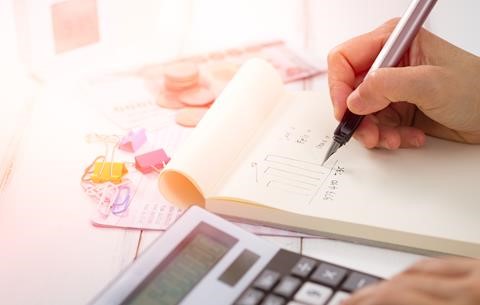
It is not our role to be IRD investigators, but we like to advise our clients on the correct treatment so they won’t get a nasty surprise if they are subjected to an IRD audit.
The core rule is that GST can only be claimed to the extent that an asset is used or an expense is incurred for business purposes, in a GST registered business. Remember too, that to claim GST, normally you need to hold a GST docket/invoice. (exception being second hand goods). There are specific calculation methods for different types of expenses.
Motor Vehicles
A log book needs to be maintained for 3 months every 3 years to determine the business usage percentage. Initially this figure can be estimated, with the claim being recalculated once the actual percentage is determined. The percentage claim applies both to the asset cost and the other expenses, which would include fuel, repairs & maintenance, registration, RUCs, insurance etc. Note that if the IRD kilometre rates are used there is no GST claim, as this is not based on actual expenditure.
Use of Home
We consider that is wiser for clients not to claim any GST on home usage during the year. At year end, we calculate the maximum percentage that the IRD will accept in the client’s personal circumstances, and this is claimed in a subsequent return. For example, if a room is a dedicated office, that area (as a percentage of the total house) could be claimed for power, rates, house insurance etc. When it comes to repairs & maintenance, if the expense relates to the actual business area (e.g. painting the office) it would be 100% claimable. If it were just related to another area (e.g. painting the bedroom), there would be no claim. If the repairs applied to the entire house (e.g. painting the roof), the business use percentage could be claimed. As the house is predominately residential (GST exempt), there is no claim for the capital cost of the office within the house. However, items that are exclusive to the office, e.g. a desk or a chair could result in a 100% claim. From the 2017/18 income year onward, the IRD has provided a square metre rate option for home usage expenses to cover expenses apart from interest, rates & rent. If this option is used, there is no GST claim on that amount, as it is not supported by actual expenditure.
Second Hand Goods
GST can be claimed on these but only when physically paid for, and only if full details are kept. (Name & address of seller, date, description of goods & price.) If purchased from an associated person, the GST claim is limited to the GST paid originally by the associate. So, if they purchased the goods from someone who was not GST registered, there is no GST claim. Note that primary produce and livestock can’t be treated as second hand goods.
Assets acquired under Hire Purchase
In effect this is two transactions. The taxpayer is purchasing an asset and taking out a loan to pay for it. GST is claimable up front on the purchase of the asset, not on the loan repayments (which also include an interest component.) Treatment of lease agreements depends on the wording of the documents, and should be referred to your accountant for advice. Other errors include returning GST on the wrong basis, claiming GST on exempt supplies and even breaching GST registration thresholds. GST can be complicated and we recommend taxpayers contact their accountant before registering or if they have any GST queries.
